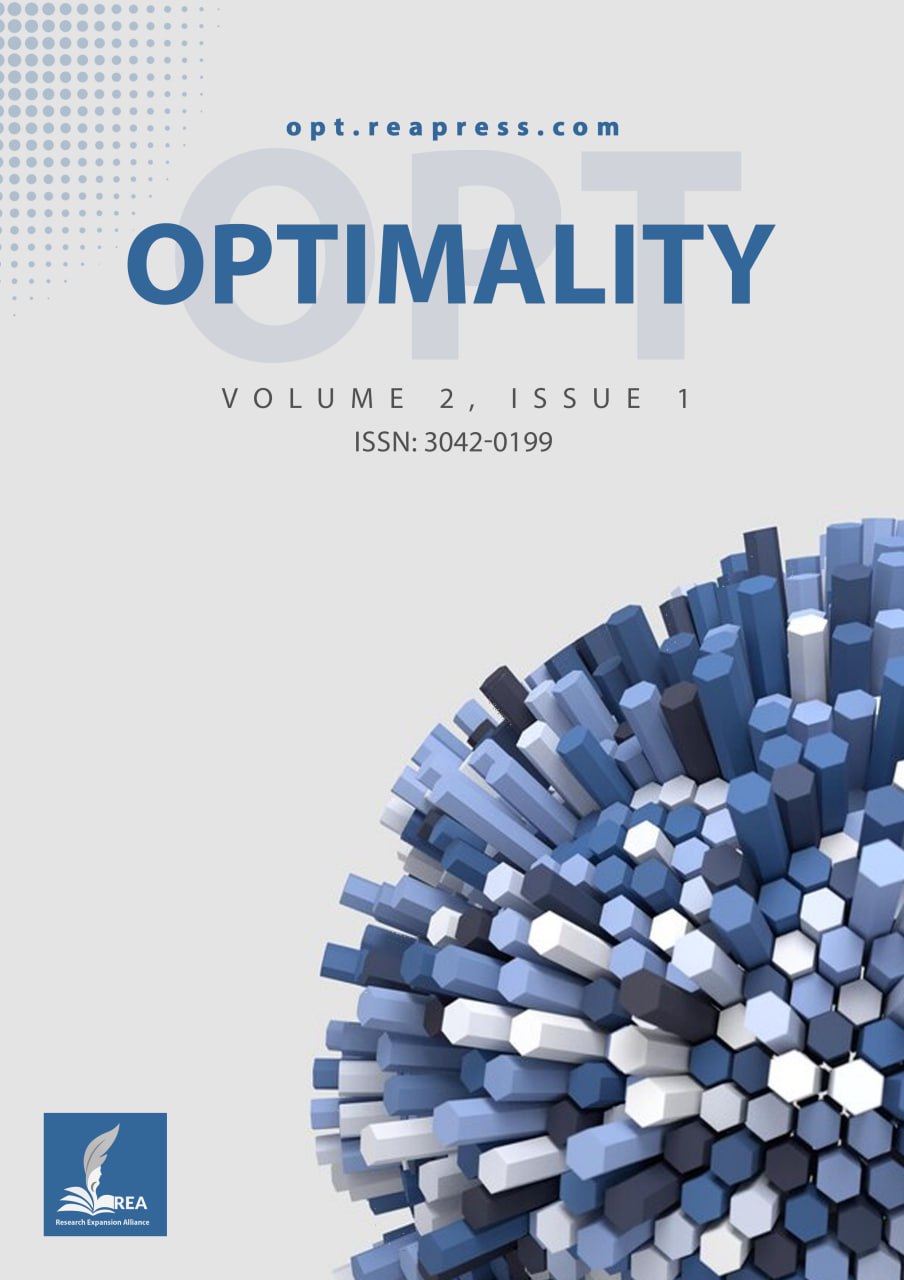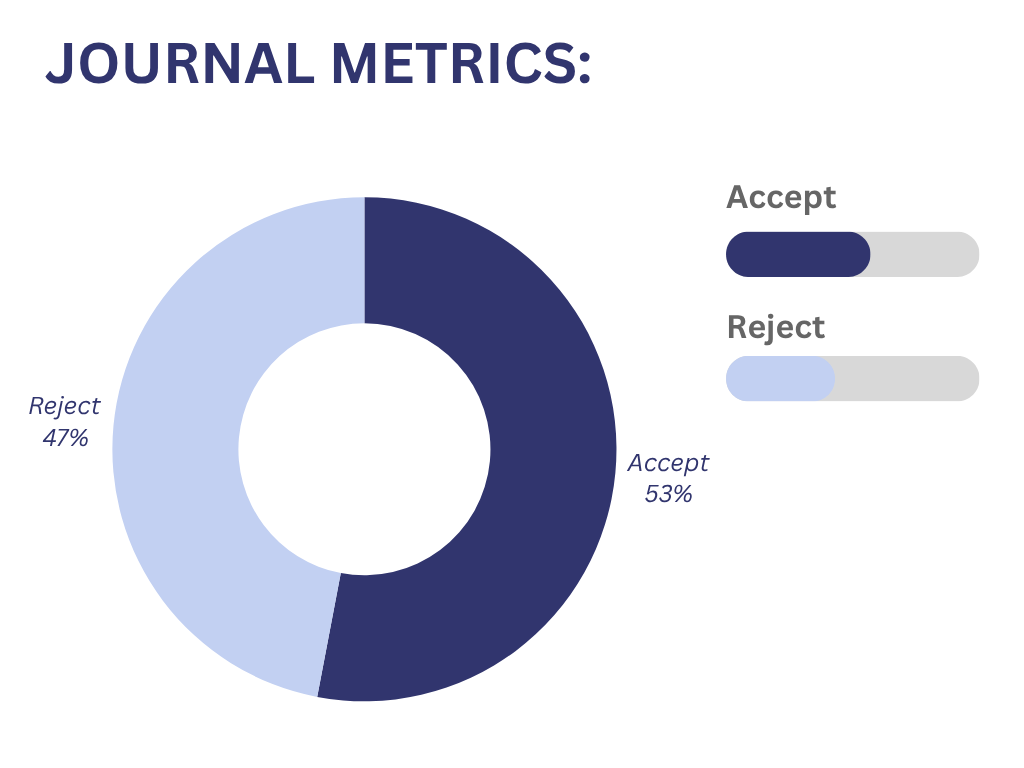The Enduring Enigma: Philosophical and Foundational Challenges to Infinity in Mathematics and Science
Abstract
For millennia, philosophers have been enthralled and bewildered by the concept of infinity, a cornerstone of contemporary mathematics and physics. Though its official inclusion into set theory and calculus has produced great explanatory power and predictive success, its ontological status and practical consequences continue to spark great philosophical and foundational arguments. Investigating past contradictions, competing mathematical ideas like finitism and constructivism, and the confusing part infinity plays in modern scientific theories, this essay looks at the persistent obstacles to the uncritical acceptance of infinity. It claims that, though useful, the idea of infinity is still an unanswered question, providing fertile ground for fresh scientific thought and possibly calling for a re-evaluation of its basic nature in describing reality.
Keywords:
Infinity, Mathematics, Science, Philosophy, Finitism, Ultrafinitism, ConstructivismReferences
- [1] Fieker, C., & Horn, M. (2024). Group theory in OSCAR. ArXiv Preprint ArXiv:2404.05871. https://doi.org/10.48550/arXiv.2404.05871
- [2] Davis, M. (2024). Encounters with infinity: From torricelli to Gödel. In Homage to evangelista torricelli’s opera geometrica 1644-2024: Text, transcription, commentaries and selected essays as new historical insights (pp. 99–105). Springer. https://doi.org/10.1007/978-3-031-06963-5_3
- [3] Pemberton, J. M. (2022). Aristotle’s alternative to enduring and perduring: Lasting. Ancient philosophy today: Dialogoi, 4(2), 217–236. https://doi.org/10.3366/anph.2022.0069
- [4] de Oliveira, M. J. (2022). Theories of motion and matter from Aristotle to Galileo. Revista brasileira de ensino de física, 44, e20220236. https://doi.org/10.1590/1806-9126-RBEF-2022-0236
- [5] Bierdz, B. (2024). Sense and nonsense: Time, space, and causality [Thesis]. The University of Wisconsin-Madison. https://B2n.ir/bf2490
- [6] Allison, S. T. (2024). Paradoxes of heroism. In Encyclopedia of heroism studies (pp. 1525–1529). Springer. https://doi.org/10.1007/978-3-031-48129-1_48
- [7] Hilbert, D. (1926). Über das unendliche. Mathematische annalen, 95(1), 161–190. https://doi.org/10.1007/BF01206605
- [8] Kumar, S., Ghosh, A., Kaushik, C., Shiri, A., Gbur, G., Sharma, S., & Samanta, G. K. (2023). Simple experimental realization of optical Hilbert hotel using scalar and vector fractional vortex beams. APL photonics, 8(6), 1–10. https://doi.org/10.1063/5.0150952
- [9] Herberg-Rothe, A. (2024). Zeno and the wrong understanding of motion—a philosophical-mathematical inquiry into the concept of finitude as a peculiarity of infinity. Journal of applied mathematics and physics, 12(3), 912–929. https://doi.org/10.4236/jamp.2024.123057
- [10] Scholz, E. (2023). Mathematical modernism, goal or problem? The opposing views of felix hausdorff and hermann weyl. In The richness of the history of mathematics: A tribute to jeremy gray (pp. 479–508). Springer. https://doi.org/10.1007/978-3-031-40855-7_19
- [11] Fisher, A. R. J., & Maurin, A.-S. (2024). The routledge handbook of properties. Routledge. https://doi.org/10.4324/9781003246077
- [12] Ernest, P. (2023). Rejection, disagreement, controversy and acceptance in mathematical practice: Episodes in the social construction of infinity. Global philosophy, 33(1), 15. https://doi.org/10.1007/s10516-023-09652-8
- [13] Van Atten, M. (2023). Dummett’s objection to the ontological route to intuitionistic logic: A rejoinder. In Critical views of logic (pp. 28–45). Routledge. https://B2n.ir/xw2090
- [14] Anel, M., & Catren, G. (2021). New spaces in mathematics: Formal and conceptual reflections (Vol. 1). Cambridge University Press. https://B2n.ir/um6814
- [15] Hansson, S. O. (2023). A basis for AGM revision in Bayesian probability revision. Journal of philosophical logic, 52(6), 1535–1559. https://doi.org/10.1007/s10992-023-09716-5
- [16] Greer, B., & Skovsmose, O. (2024). Breaking images: Iconoclastic analyses of mathematics and its education. Open Book Publishers. https://doi.org/10.11647/OBP.0407%0A
- [17] McCarty, D. C. (2021). Continuity in Intuitionism. The history of continua: Philosophical and mathematical perspectives. Oxford University Press (UK). https://B2n.ir/rx6018
- [18] Ishihara, H. (2023). Constructive (Functional) analysis. In Handbook of constructive mathematics (pp. 221–254). Cambridge University Press. https://doi.org/10.1017/9781009039888.010
- [19] Hartimo, M., Kjosavik, F., & Linnebo, O. (2024). Critical views of logic. Routledge. https://doi.org/10.4324/9781003438991
- [20] León, A. (2024). Physicists blind faith in infinity. The general science journal link, 1–4. https://B2n.ir/gy3632
- [21] Fletcher, S. C. (2021). Relativistic spacetime structure. In The routledge companion to philosophy of physics (pp. 160–179). Routledge. https://B2n.ir/nr6544
- [22] de Adana, F. S. (2024). Parallel universes in superhero comics. In The multiverse as theory in postmodern speculative fictional narratives (pp. 63–74). Routledge. https://B2n.ir/hw1998
- [23] Maltsev, K. (2023). Stellar gravitational collapse, singularity formation and theory breakdown. The sixteenth Marcel Grossmann Meeting on recent developments in theoretical and experimental general relativity, astrophysics and relativistic field theories: Proceedings of the MG16 meeting on general relativity online; 5–10 July 2021 (pp. 3596-3625). https://doi.org/10.1142/9789811269776_0298
- [24] Rovelli, C. (2020). Space and time in loop quantum gravity. Beyond spacetime: The Foundations of quantum gravity. Cambridge University Press Cambridge, UK. http://dx.doi.org/10.48550/arXiv.1802.02382
- [25] Halimeh, J. C., Van Damme, M., Zache, T. V, Banerjee, D., & Hauke, P. (2022). Achieving the quantum field theory limit in far-from-equilibrium quantum link models. Quantum, 6, 878. https://doi.org/10.22331/q-2022-12-19-878
- [26] Field, I. Q., & Hartz, T. (2022). The measuring process. In The Oxford handbook of the history of quantum interpretations (p. 371). Oxford University Press. https://doi.org/10.1093/oxfordhb/9780198844495.013.0015
- [27] Gil Hernández, A. (2023). Introduction to string theory. Depatamento de Física, Universidad de Laguna. http://riull.ull.es/xmlui/handle/915/32937
- [28] Maccaferri, C., Marino, F., & Valsesia, B. (2025). Introduction to string theory. SciPost physics lecture notes, 90. https://doi.org/10.21468/SciPostPhysLectNotes.90
- [29] Vladimir, L. (2024). Electrical and magnetic loops for quantum gravity with 4d-tetraquarks. Preprint: researchgate, december, 1–27. https://B2n.ir/tz6480
- [30] Cinti, E., Mariani, C., & Sanchioni, M. (2025). The unbearable indefiniteness of spacetime. Foundations of physics, 55(1), 14. https://doi.org/10.1007/s10701-025-00819-4
- [31] Landry, E. (2022). Mathematics: Method without metaphysics. Philosophia mathematica, 31(1), 56–80. https://doi.org/10.1093/philmat/nkac027
- [32] Dybjer, P., & Setzer, A. (2022). Implementing Martin-Löf’s meaning explanations for intuitionistic type theory in Agda, 1–22. https://types22.inria.fr/files/2022/06/TYPES_2022_slides_41.pdf
- [33] Kiefer, C. (2023). Quantum gravity-an unfinished revolution. ArXiv Preprint ArXiv:2302.13047. https://doi.org/10.48550/arXiv.2302.13047
- [34] Franklin, A., & Robertson, K. (2024). Emerging into the rainforest: Emergence and special science ontology. European journal for philosophy of science, 14(4), 61. https://doi.org/10.1007/s13194-024-00622-4
- [35] Feri, I. (2025). The behavior of a collective consciousness facing cosmic extinction: Self-preservation in a finite or multiversal frame. Independent researcher, philosophical science, 1–4. https://B2n.ir/yh7094
- [36] Miller, W. B. (2023). Cognition-based evolution: Natural cellular engineering and the intelligent cell. CRC Press. https://doi.org/10.1201/9781003286769
- [37] Etingof, P. (2024). Mathematical ideas and notions of quantum field theory. ArXiv Preprint ArXiv:2409.03117. https://arxiv.org/pdf/2409.03117
- [38] Van Suijlekom, W. D. (2025). Noncommutative geometry and particle physics. Springer Nature. https://doi.org/10.1007/978-3-031-59120-4%0A
- [39] Lakoff, G., & Núñez, R. (2000). Where mathematics comes from (Vol. 6). New York: Basic Books. https://B2n.ir/ep3981
- [40] Dehaene, S., Sablé-Meyer, M., & Ciccione, L. (2025). Origins of numbers: A shared language-of-thought for arithmetic and geometry? Trends in cognitive sciences, 29(6), 526–540. https://www.cell.com/trends/cognitive-sciences/abstract/S1364-6613(25)00059-2



